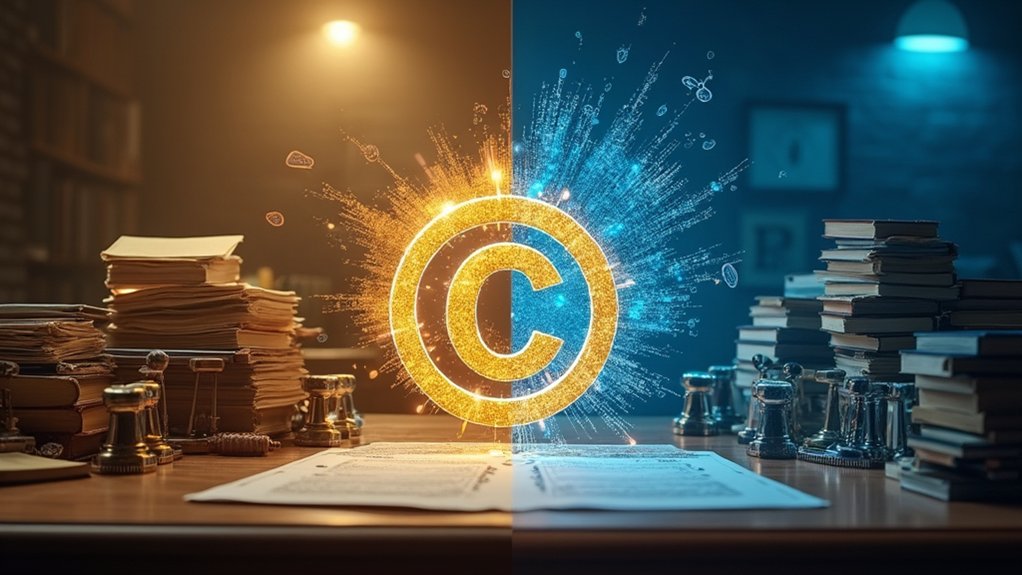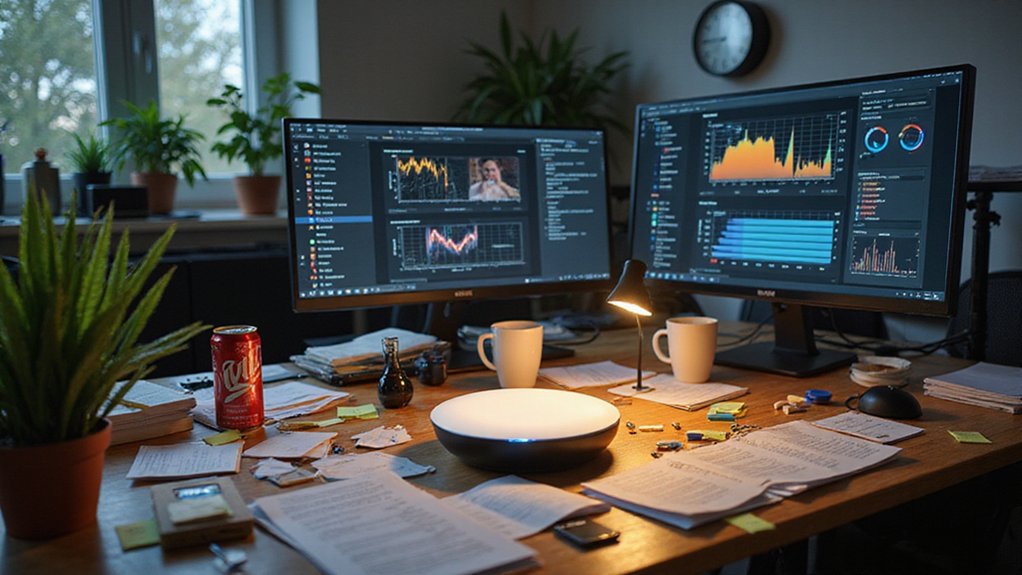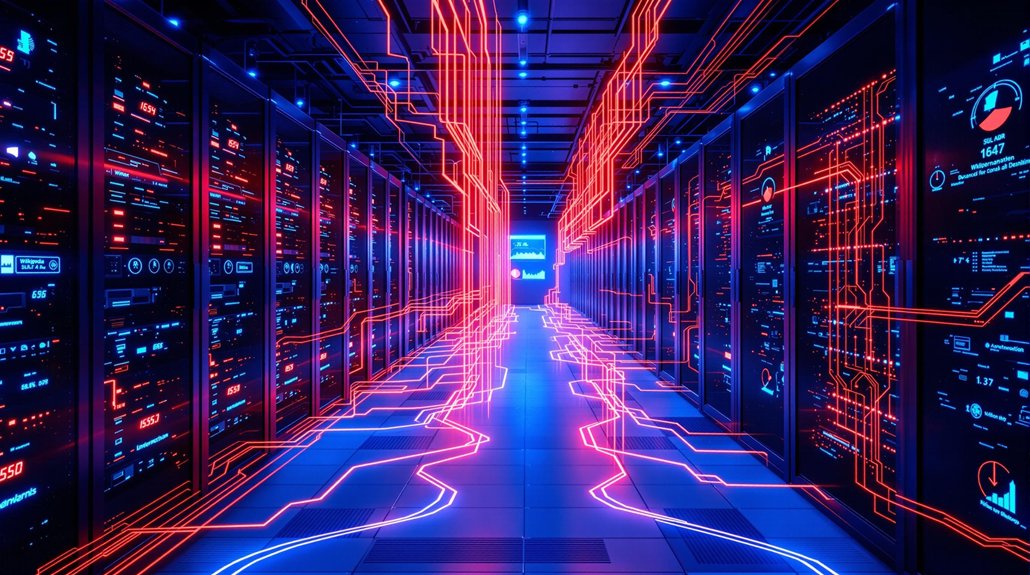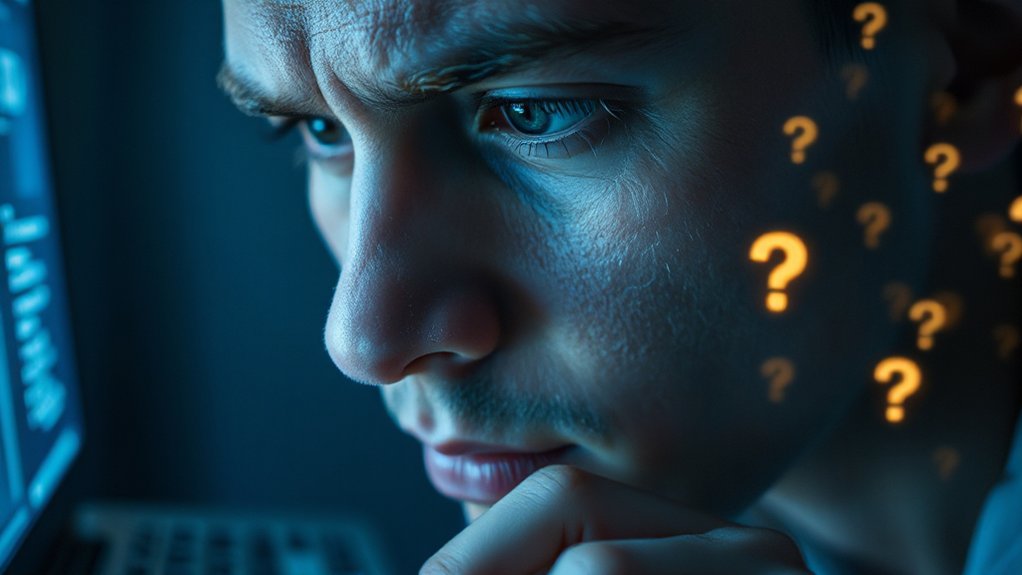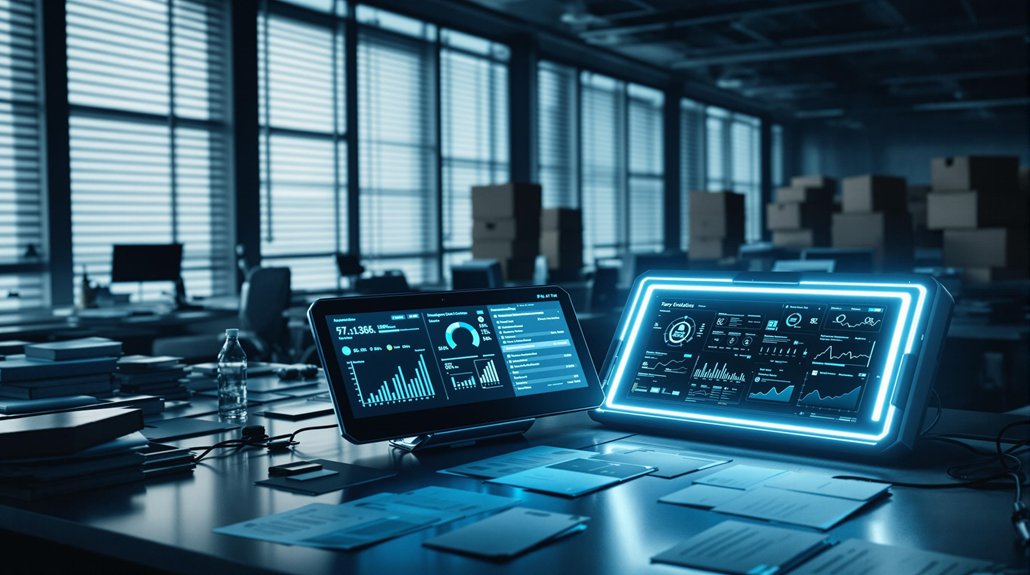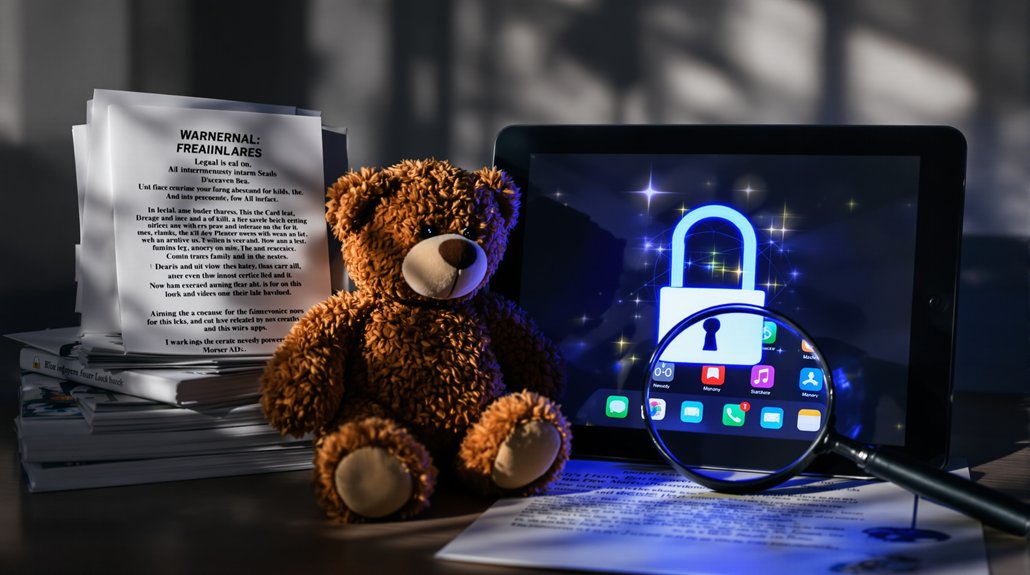The U.S. Copyright Office released a groundbreaking report on AI and copyright in January 2025. It approves AI-assisted creative works while maintaining that human creativity remains central to copyright protection. The move has been praised by creative professionals who use AI tools in their process. The policy reflects the Office’s efforts to balance creator rights with public access in the digital age. The report marks just the beginning of the Office’s new approach to AI collaboration.
The U.S. Copyright Office has released a groundbreaking report on Copyright and Artificial Intelligence in January 2025, signaling a new era of acceptance for human-AI collaborative works. The report specifically addresses the use of AI systems to produce creative outputs that would traditionally be copyrightable if created solely by humans.
This development comes after months of deliberation by copyright officials who’ve been studying the implications of AI in creative industries. The Copyright Office, which maintains records of nearly 19 million copyrights dating from 1978 to 2021, has been working to update its policies to reflect the rapid advancement of technology in creative fields.
Industry experts note that this shift represents a significant change in how intellectual property is viewed in the digital age. The Copyright Office’s decision acknowledges that human creativity remains central to copyright protection, even when AI tools are used in the creative process.
“We’re seeing a pragmatic approach to copyright in the age of AI,” said one copyright law specialist who wasn’t authorized to speak officially on the matter. “It’s about recognizing human input while adapting to new technologies.”
The timing coincides with works from 1929 entering the public domain in January 2025, highlighting the ongoing balance between protecting creators’ rights and ensuring public access to cultural works. Among these notable works is William Faulkner’s novel “The Sound and the Fury,” which will be freely available for adaptation and reuse.
Creative professionals across multiple industries have welcomed the news, with many seeing it as validation of their work processes that increasingly incorporate AI assistance. This new policy builds upon decades of copyright data that includes over 12 million records of renewals, terminations, and rights transfers. The Copyright Office’s approach focuses on the human element of creativity rather than the tools used in the process.
The office has also announced plans for additional studies and activities throughout 2025 to further refine guidelines around emerging technologies and creative works. These studies will likely shape how copyright law evolves in response to rapidly changing creative technologies.
For creators working with AI tools, this represents a clarification of their rights and provides a more certain path forward for protecting their intellectual property in an increasingly AI-augmented creative landscape.
References
- https://www.copyright.gov/ai/Copyright-and-Artificial-Intelligence-Part-2-Copyrightability-Report.pdf
- https://pubsonline.informs.org/doi/10.1287/stsc.2023.0130
- https://www.copyright.gov
- https://web.law.duke.edu/cspd/publicdomainday/2025/
- https://copyrightalliance.org/copyright-office-activities-2024/
